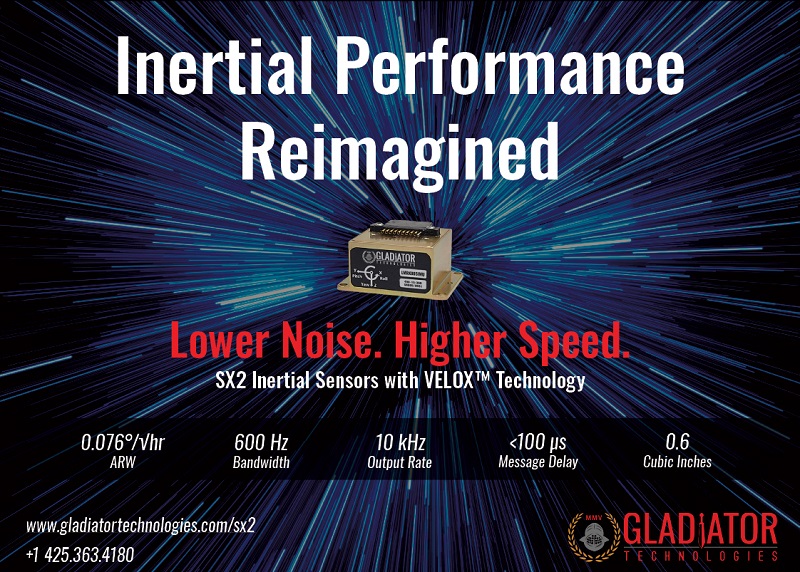Own-model simulator
UAV Navigation has developed a model-agnostic hardware-in-the-loop (HiL) simulator that can be used with third-party models from other developers (writes Nick Flaherty).
Simulation can be the workhorse of UAV development, as it is several orders of magnitude quicker and cheaper than real-life tests. The key to a successful simulation environment is to have models that faithfully represent the behaviours of the system being emulated.
However, there are some cases where a parametric model cannot capture all the complexity of the platform, or the system integrator already has a working simulation model and integrating it into a HiL is an unnecessary effort.
The model-agnostic hardware-in-the-loop (MAHiL) simulator developed by UAV Navigation, part of Grupo Oesia in Spain, allows developers to use their own simulation models in the UAV Navigation simulator environment.
The MAHiL simulator uses the same hardware as the regular UAV Navigation-Grupo Oesia HiL simulator. In a standard HiL, the hardware comprises two separate units, FCC (Flight Control Computer) and SIM (Simulator). The FCC is a fully capable Vector-600, like the one flying the real aircraft. The SIM is dedicated to computing the simulation model and sensor data fusion emulation for the navigation solution.
A User Datagram Protocol interface has been developed that allows the HiL to receive sensor data from the external MAHiL simulator at the same rate as from the actual sensors on the Vector-600.

On the same interface, the MAHiL reports the control vectors from the Vector-600 board with the actuator commands. Sensor readings are fed into UAV Navigation’s sensor fusion algorithm, generating a navigation solution for the guidance and control laws for the FCC to use, just as the real system does.
The MAHiL simulator has been developed to be compatible with MATLAB software and SpeedGoat hardware model-based simulation. Its compatibility has been tested in a real-time environment, proving its suitability for meaningful simulation results while greatly reducing adaptation complexity.
One advantage of this set-up is the flexibility the designer has to introduce changes to the platform’s design or its physical simulation model. No interaction with UAV Navigation is required to introduce changes, as this is still developed in its preferred simulation environment. Everything is achieved while retaining the core HiL capability, as Vector-600 logic runs on the same hardware and software versions as in real flight scenarios.
UPCOMING EVENTS























